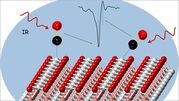
Scientists of KIT Use Advanced Methods with Hybrid Functionals for Analysis of Active Sites – Publication in Physical Review Letters
More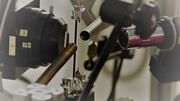
Operando X-ray Spectroscopy Brings New Opportunities for Materials and Reaction Diagnostics – Report in Nature Catalysis
More
Resource-efficient, Flexible, and Low-cost Production of Fuel Cells – State Ministry of Economic Affairs Grants Funding in the Amount of about EUR 1 Million
More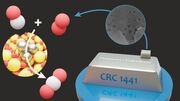
DFG Funds New Collaborative Research Center “TrackAct” at KIT for Understanding Catalytic Processes
More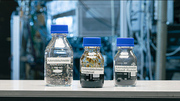
Closed Loop for Plastics from Automotive Engineering: Recycled Plastics Are Processed to Pyrolysis Oil Which Can Then Be Used for New Components
More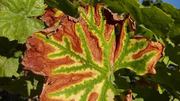
Forschende des KIT untersuchen, wie sich Wildreben gegen Pilze wehren, und übertragen diese Erkenntnisse auf den Schutz von Bäumen im städtischen Raum.
Mehr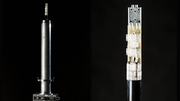
Processes Are Accelerated by a Factor of 10,000 – European Research Council Funds KIT Re-searchers and Partners Involved in the HiSCORE Project
More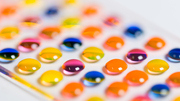
Neue Funktionalisierung von Glasoberflächen ermöglicht ressourcenschonende Herstellung, Analyse und biologische Untersuchung neuer Wirkstoffe.

Interdisziplinäre Forschung auf 5 800 Quadratmetern am Campus Nord des KIT
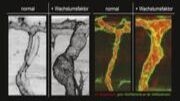
Nature Communications: KIT Researchers Identify a New Mechanism to Control Endothelial Cell Size and Arterial Caliber – Basis for Better Treatment of Heart Infarct and Stroke
More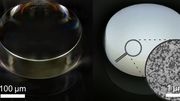
Researchers of the Cluster of Excellence 3D Matter Made to Order Expand Possibilities of Two-photon Microprinting
More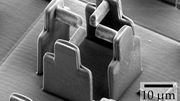
An ingenious device, only a few micrometers in size, enables to study the reaction of individual biological cells to mechanical stress – publication in Science Advances
More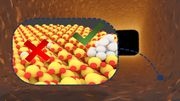
Optimierte Verteilung von Atomen erlaubt kostengünstigere Produktion – Publikation in Nature Catalytics.
MehrDie ehemalige Leiterin des Bereichs I hat den Aufbau und die Weiterentwicklung des KIT nachhaltig geprägt.
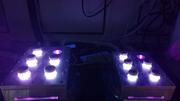
UV Radiation Modifies DNA Also Far Away from the Entry Point of Light - Publication in Angewandte Chemie.
More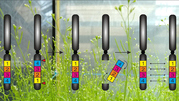
For the First Time, KIT Researchers Use CRISPR/Cas Molecular Scissors to Recombine Genes on a Chromosome – Nature Communications Publishes Results.
More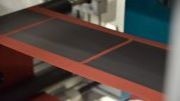
EPIC Project Aims at the Energetic, Economic, and Ecological Optimization of Production.
More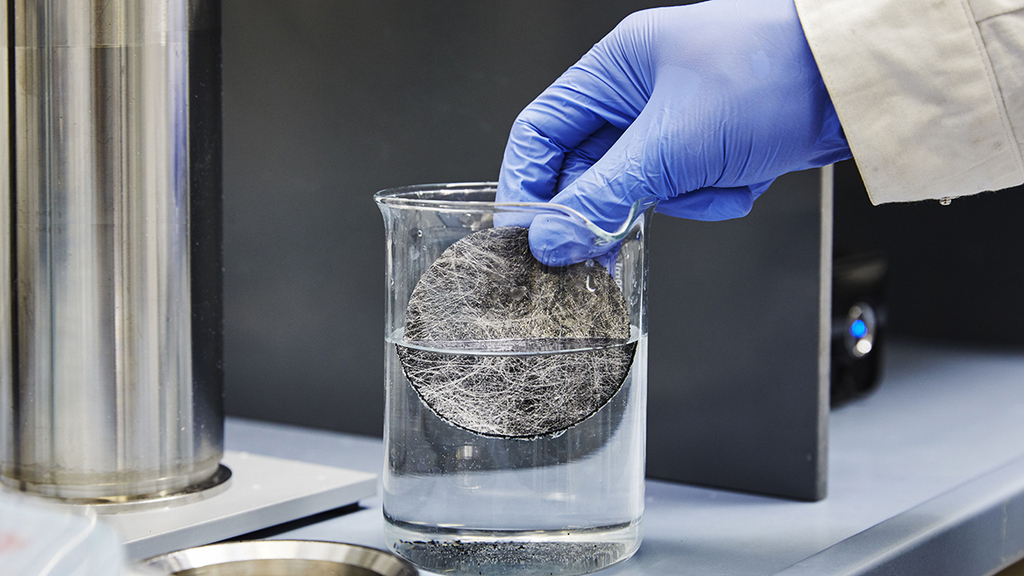
Improved Filtration System Made of a Polymer Membrane with Activated Carbon Eliminates Estradiol with an Efficiency of More Than 99 Percent – KIT Researchers Report in Water Research.
More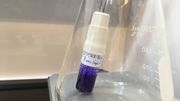
New material opens up the possibility of saving up to 80 percent of energy when separating raw materials for the plastics industry – Publication in Nature Materials.
More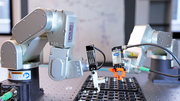
A novel battery development strategy has been launched in the European BATTERY 2030+ initiative – the CELEST research platform with KIT and Ulm University participate.
More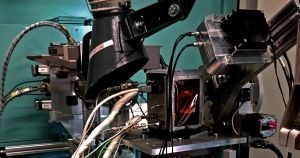
Using a synchrotron, scientists of KIT watch a power-to-X catalyst at work.
More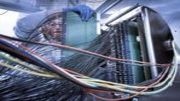
Chemistry, engineering sciences, and catalysis research successful in first round of calls.
More
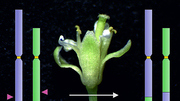
CRISPR/Cas Revolutionizes Crop Cultivation by Specific Combination of Properties – New Genome Modification Technology Presented in Nature Plants
More
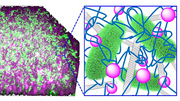
KIT Scientists Develop Programmable, Biohybrid Material System that Uses Bacteria for Power Generation
More
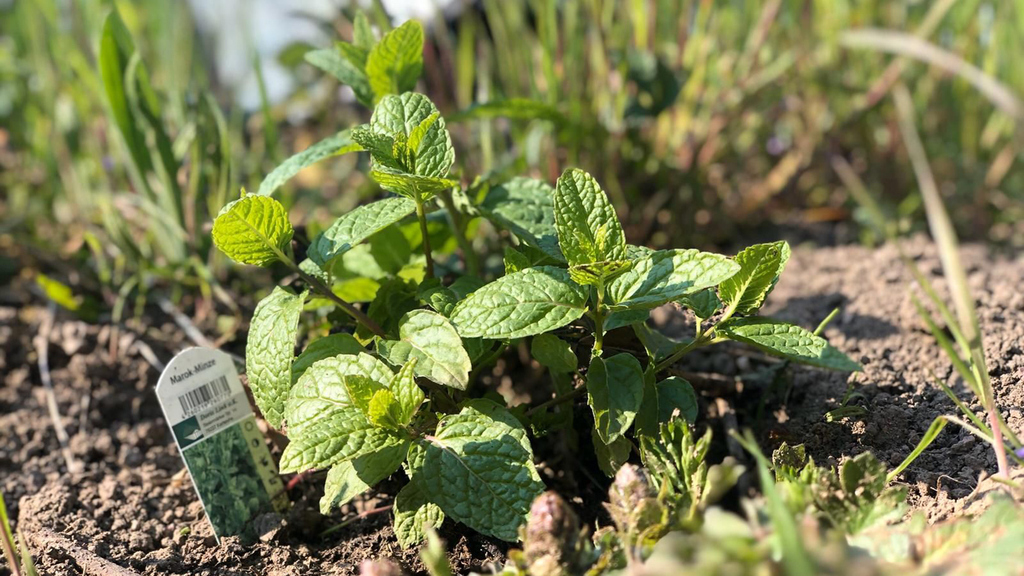
New Approach to Sustainable Weed Control is Based on Studies of Biological Communication between Plants – Menthone Has Bioherbicide Potential
More
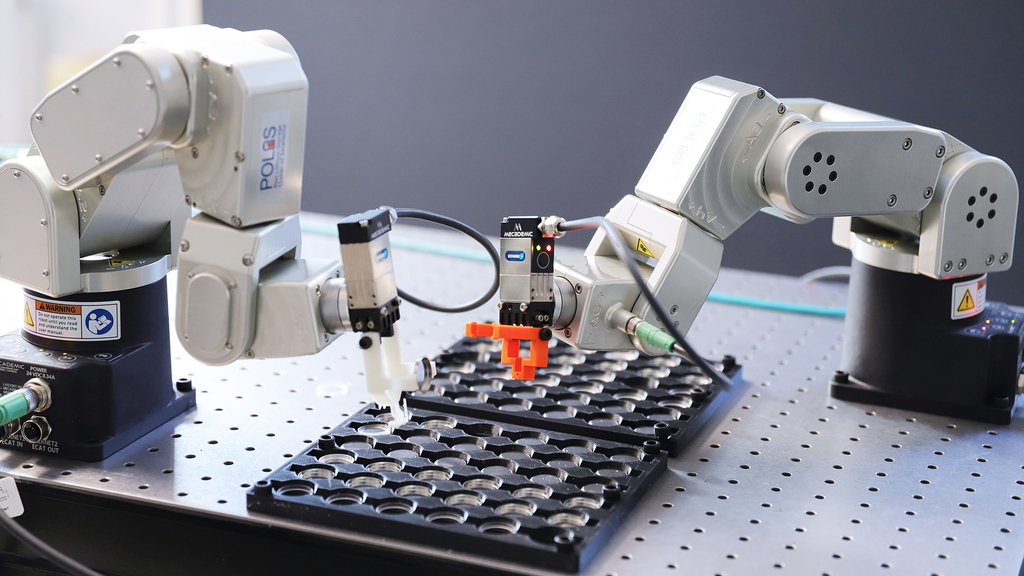
The European Research Initiative BATTERY 2030+ Presents Goals – Research Platform CELEST with KIT, Ulm University, and ZSW Participates
More
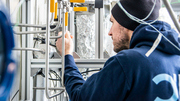
At Karlsruhe Institute of Technology (KIT), the NECOC research project is aimed at building a unique test facility for active reduction of atmospheric carbon dioxide (CO2).
More
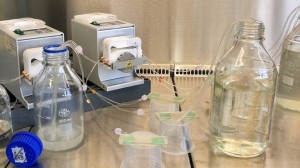
Increasing drought and heat seriously affect plants. In the Upper Rhine area, for example, climate change results in the development of new plant diseases, an example being Esca, a disease that causes vines to die
More
